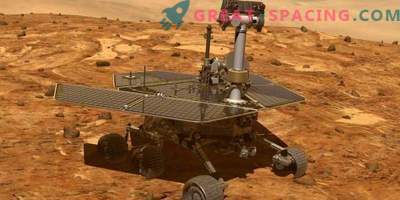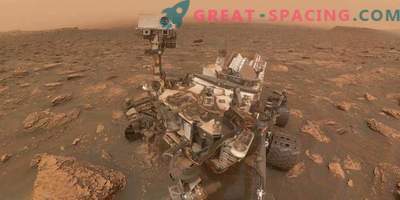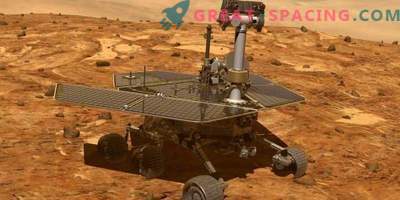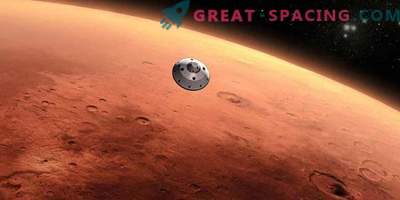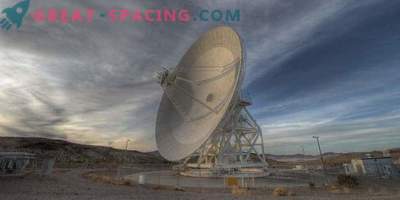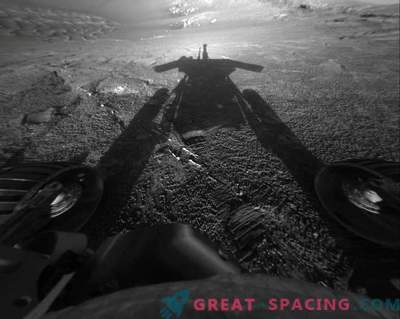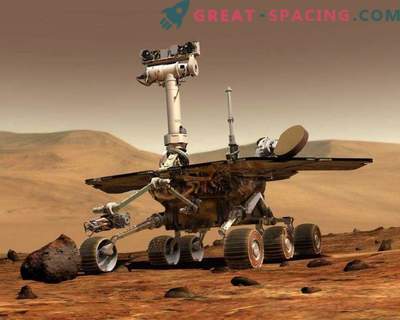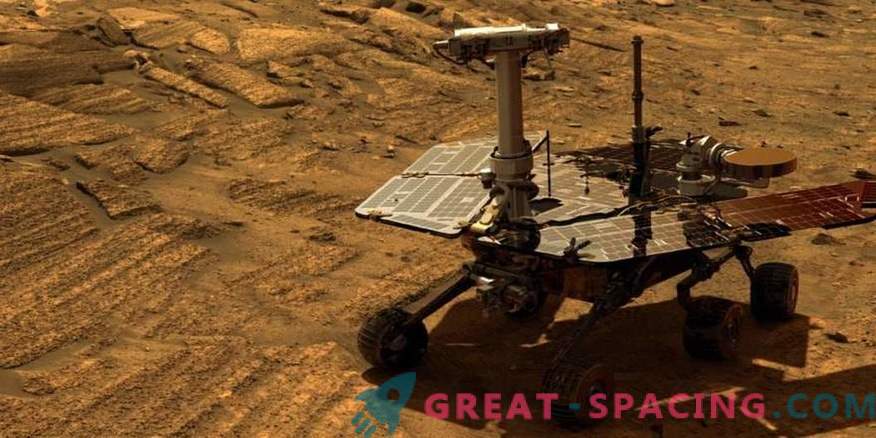
Opportunity's artistic vision on the surface of Mars that landed in January 2004.
It is the end for one of the greatest space missions of our time. February 13 at NASA announced the official death of the Mars rover Opportunity. It took more than 8 months after the unit encountered a massive dust storm and was silent. Engineers did not manage to achieve a response signal.
Opportunity has traveled the Red Planet for 15 years, providing strong evidence of the presence of liquid water in the ancient past. Together with their twin brother, Spirit, they introduced us to Mars and made important preparations for future exploration.
Follow the water
Opportunity and Spirit started separately in the summer of 2003, starting the Mars Exploration Mission (MER). They landed with a margin of a few weeks in January 2004. Spirit sat first, settling in the Gusev crater (14 degrees south of the Martian equator). Opportunity landed on the equatorial plain of the Meridian Plateau (on the other side of the planet from Gusev).
Then the vehicles began to carry out ground missions, calculated for 90 days, during which they were engaged in the search for past water activity. Previously, such evidence was recorded from orbit by NASA Viking 1 and 2, the photographs of which showed the ancient river bed. Opportunity has managed to finally establish the presence of liquid water on the surface. The data also showed that there was a lot of water. When analyzing clay minerals, it became clear that some of the ancient rock 4-3.5 billion years ago had a relatively neutral pH. So, once Mars was fit for life.
Spirit did not lag behind, because he managed to find an ancient hydrothermal system in the Gusev crater, as well as an ancient source of energy. All these findings were able to be confirmed and extended by later missions. For example, the Curiosity rover found out that in the 154-kilometer Gale crater there was a long-lived system of lakes and streams 4 billion years ago.
Breaks Records
Spirit and Opportunity continued to work long after the end of their initial life. Spirit ended up in a sand trap in early 2010. As a result, he could not reorient himself to catch the sun’s rays during the coming Martian winter. He was cold.
Rover Opportunity managed to avoid such traps for the next 8 years, spending time studying rocks at the edges of four different craters. He traveled 45.16 km (more than any vehicle on another planet).
Then a dust storm began. At the end of May 2018, near the rover, a large-scale storm was noticed at the edge of the 22-kilometer crater Endeavor. The storm captured the rover and spread to the entire planet. Thick dust blocked sunlight and deprived the unit of power (runs on solar batteries). Opportunity went into hibernation, not being able to start the onboard engines. This is a dangerous maneuver in frosty Mars, where low temperatures could break solder joints and other internal equipment. As a result, the rover stopped responding to signals from June 10th.
Gives Opportunity a Chance
The dust storm began to subside at the end of July. At the end of September, it was so weak that NASA launched a campaign to wake the rover. “Active listening” included sending commands to the silent rover and searching for response squeaks.
The search lasted for several months, as the windy season set in, capable of blowing off dust from the rover’s batteries and freeing it from the trap. There was still hope for recharging. But the miracle did not happen and is unlikely to happen. For the first time in 15 years, you will have to get used to Mars without the Opportunity rover.


